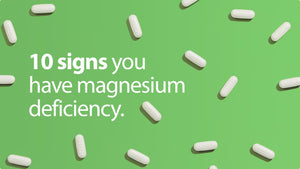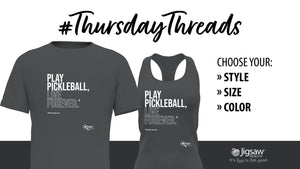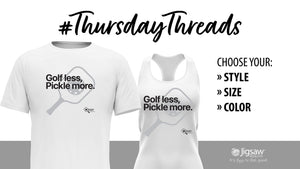It's very tempting to overindulge, starting with Halloween. You didn't really mean to finish off the leftover chocolates that you bought for the trick-or-treaters, or you find yourself at the office lunchroom sampling your coworkers' homemade holiday treats at the potluck. You even sneak a spoonful of cookie dough while you're preparing the assorted cookies that you plan to give as gifts.
And you can't resist digging into the caramel popcorn tin as you watch It's a Wonderful Life, or Rudolph the Red-nosed Reindeer, one of your childhood favorites. The holidays are a wonderful time of reuniting with loved ones and eating lots of yummy foods — which are sure to add inches to your waistline, and force you to once again put weight loss at the top of your New Year's resolution list.
And if you have a chronic condition, you've probably been vigilant about managing it throughout the year. But how do you stay on track with your management plan and still enjoy the holidays?
Completely restricting yourself from holiday foods is not the answer. You don't want to feel left out of the festivities just because you don't feel well. Instead, use the following healthy holiday eating guidelines to help you finish the year in remarkably good health:
- Make an appointment with your healthcare professional at the beginning of the holiday season. By assessing your weight, blood pressure, cholesterol, triglycerides, and glucose levels, you'll be able to better manage your condition over the holidays.
- Increase your glucose monitoring during the holidays if you're diabetic. Sometimes temptation gets the best of you. It's easier for blood sugar levels to get out of control over the holidays.
- Choose smaller portions of your favorite treats, rather than making all sweets off limits. Restricting sweets can sometimes cause overindulgence.
- Eat protein before you eat a sugary treat. Eating simple carbs on an empty stomach can cause your blood sugar levels to skyrocket. With just a little protein, you'll be able to help keep your blood sugar levels within normal range.
- Choose light and fluffy desserts rather than dense, heavy ones. Opt for angel food cake or sponge cake with fruit, instead of pound cake. Eat mousse (which is whipped with air) instead of chocolate pudding and egg custard.
- Eat small, healthy snacks throughout the day, rather than starving yourself before a huge holiday meal. A lot of people fast in anticipation of a huge holiday meal. However, once you get to the dinner table, you'll be starving, causing you to overeat. Try snacking on sprouted nuts and seeds before your meal to help fill your appetite ahead of time.
- Eat before you drink alcohol. Alcohol on an empty stomach can rapidly spike blood sugar levels. Since food absorbs alcohol, you'll lessen the impact of your favorite glass of wine or champagne. Better yet, choose alternatives like unsweetened apple cider. Also, avoid holiday alcohol mixers like ginger ale, club soda, and fruit juice. Carbonation helps alcohol enter the bloodstream much more rapidly, while fruit juice adds more sugar to your alcohol — both of which can dramatically spike blood sugar levels.
- Participate in non-food holiday events that include physical activity. Have fun ice skating, going on holiday walks, collecting fall leaves for an art collage, gathering pine cones, or building a snowman with the kids.
- Split holiday entrées with a friend or relative when dining out. This will help control portion sizes.
- Watch out for simple carbs. They can be just as harmful as sugar when it comes to spiking your blood sugar levels. Eat smaller portions of potatoes, white rice, white breads, cakes, and cookies.
- Use healthy natural sugar substitutes like XyloSweet™, a low-calorie, low-glycemic sugar alcohol.
- Drink two glasses of purified water before every meal. This will help curb your appetite when it's time to eat.
- Eat good fat in healthy moderation. Eating moderate amounts of good fat will help curb your appetite so that you won't overindulge in the simple carbs and sugary treats that are more likely than fat to affect your cholesterol and triglyceride levels.
- Mingle with friends and family. Avoid hanging out by the buffet table to avoid unnecessary temptation.
- Eat at home before you go holiday shopping. This will avoid the hunger pangs that draw you inevitably to the calorie-laden food court.
- Fill up on the foods that have the most fiber and the fewest calories. Choose lentils, peas, green beans, sweet potatoes, and dark green salads. Also partake in fiber-rich nuts and seeds, like holiday chestnuts, walnuts, almonds, and pumpkin seeds.
Finally, as a healthy New Year's resolution, make appointments for all your yearly preventative exams, such as a mammogram and/or thermogram, bone density screen, pap smear, colorectal exam, prostate exam, eye exam, dental exam, hearing test, lipid profile, and fasting glucose test.
Also, click here to get a complimentary, downloadable copy of Wellness Piece by Piece by Jigsaw Health Founder and CEO, Pat Sullivan. It may help you learn more about what is behind your chronic health issues and begin to put the pieces of the puzzle back together.






















